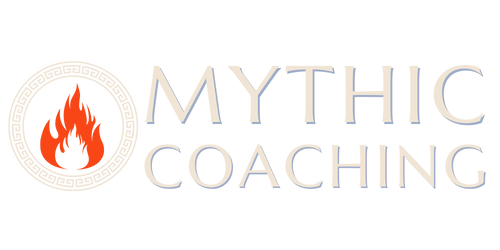
Like all the Amazons, Queen Hippolyte enjoyed a bountiful life brimming with every happiness—save one. After centuries of personal development and self-actualization, and ruling over a thriving nation, her heart ached for a different kind of love. She longed for a child. Unfortunately, Aphrodite’s gender restrictions presented a significant impediment to motherhood—but that was okay because Marston had read Pygmalion, the story of a man who fell so deeply in love with his sculpture that Aphrodite brought it to life.
Under the guidance of Athena, Hippolyte sculpted from clay a figure of a little girl, and feeling the strength of her longing for a daughter to love, Aphrodite granted the queen’s wish and breathed life into the statue, just as she had the first generation of Amazons centuries before.
Classical mythology was only one of Marston’s sources. He also pulled from Margaret Sanger, who had much to say about motherhood. The story of Diana’s birth presents a supernatural version of Sanger’s ideal circumstances for a mother to bear a child. According to Sanger, “the most sacred aspect of woman’s freedom, voluntary motherhood, is motherhood in its highest and holiest form. It is motherhood unchained — motherhood ready to obey its inner urge to remake the world” (Sanger 17:20).
Paradise Island was a land free from male influence or coercion. Whether it took decades or centuries, Hippolyte had a child only when she was fully prepared. Diana was born of a well-rounded woman who had lived a fully actualized adult life. Wisdom (Athena) dictated the timing of her parenthood. And just as Aphrodite had given life to the Amazon race, so did she grant life to Princess Diana.
Amazons underwent intense training, mastering their bodies, mind, and spirit. Every woman learned “the power of her sex force, its use, its abuse, as well as how to direct it for the benefit of the race. Thus she [could] transmit to her children an equipment that [would] enable them to break the bonds that have held humanity enslaved for ages” (Sanger 14:40). Amazon Training and the consequent achievement of Hippolyte’s physical and mental potential perfectly prepared her for motherhood.
As a fulfilled (immortal) woman, Hippolyte had infinite time, energy, and attention to ensure her child’s health and happiness. She did not have to choose between pleasing a husband and raising a daughter, and she had a community to aid in Diana’s rearing. She was not required to give up other interests and pursuits to be a mother and continued to rule her kingdom.
The child, born of Love and raised in a supportive community with abundant resources, Diana had every advantage possible — physical, mental, and spiritual — with no one to tell her anything was impossible. Hippolyte and the Amazons collectively molded the clay of Diana’s childhood into the superhero, Wonder Woman.
Diana represented the next generation in that evolutionary process. In addition to training with a tribe of superwomen, Diana also benefitted from Hippolyte’s perfect love for her. In Sanger’s words, such a mother’s love “attunes and perfects her [child’s] being” (18:9). The Amazons were a utopian civilization with a perfect queen who gave birth to a perfect daughter, who amplified the qualities of this extraordinary race.
Diana’s creation marked the transition of the Amazons from maidens to mothers. Under their tutelage and training, and with a perfectly pure physical environment, Diana developed incredible strength, speed, intelligence, and agility — uprooting oak trees and outracing deer. The Amazons poetically described her as possessing the strength of Hercules, the swiftness of Mercury, and the beauty of Aphrodite. At age fifteen, she received her Bracelets of Submission, like those worn by all Amazons, and pledged herself to the service of Aphrodite. She drank from the Fountain of Eternal Youth and would be immortal as long as she remained on Paradise Island.
Sources
Marston, W. M., All-Star Comics #8. (Winter 1941). DC Comics.
Marston, W. M. Wonder Woman vol. 1, #1. (Summer 1942). DC Comics.
Sanger, M. (1921). Woman and the New Race. New York: Brentano’s.
